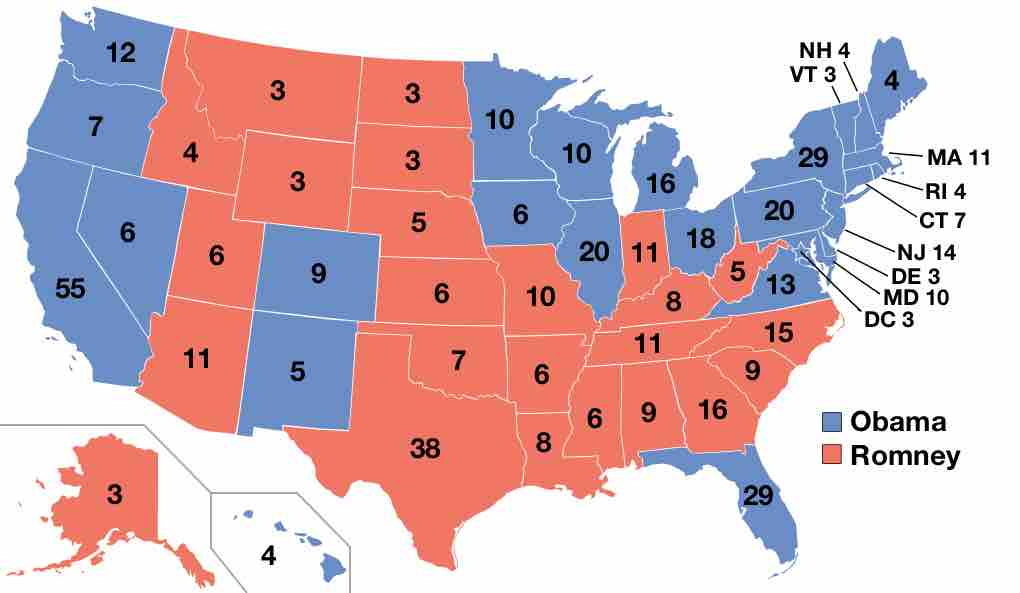Modern Presidential Campaign and Nomination
The modern presidential campaign begins before the primary elections. The two major political parties try to clear the field of candidates before their national nominating conventions, where the most successful candidate is made the party's nominee for president. Typically, the party's presidential candidate chooses a vice presidential nominee, and this choice is then rubber-stamped by the convention.
Nominees participate in nationally televised debates. While the debates are usually restricted to the Democratic and Republican nominees, third party candidates may be invited, such as Ross Perot in the 1992 debates. Nominees also campaign across the country to explain their views, convince voters and solicit contributions. Much of the modern electoral process is concerned with winning "swing states" through frequent visits and mass media advertising drives.
Election and oath
Presidents are elected indirectly in the United States. A number of electors, collectively known as the Electoral College, officially select the president. On Election Day, voters in each of the states and the District of Columbia cast ballots for these electors. Each state is allocated a number of electors, equal to the size of its delegation in both Houses of Congress combined. Generally, the ticket that wins the most votes in a state wins all of that state's electoral votes, and thus has its slate of electors chosen to vote in the Electoral College.
The winning slate of electors meet at its state's capital on the first Monday after the second Wednesday in December, about six weeks after the election, to vote. They then send a record of that vote to Congress. The vote of the electors is opened by the sitting vice president, acting in his capacity as President of the Senate, and is read aloud to a joint session of the incoming Congress, which is elected at the same time as the President.

Electoral College
Electoral college map for the 2012, 2016 and 2020 United States presidential elections, using apportionment data released by the US Census Bureau.
Pursuant to the Twentieth Amendment, the President's term of office begins at noon on January 20 of the year following the election. This date, known as Inauguration Day, marks the beginning of the four-year term of both the President and the vice president. Before executing the powers of the office, a President is constitutionally required to take the presidential oath.